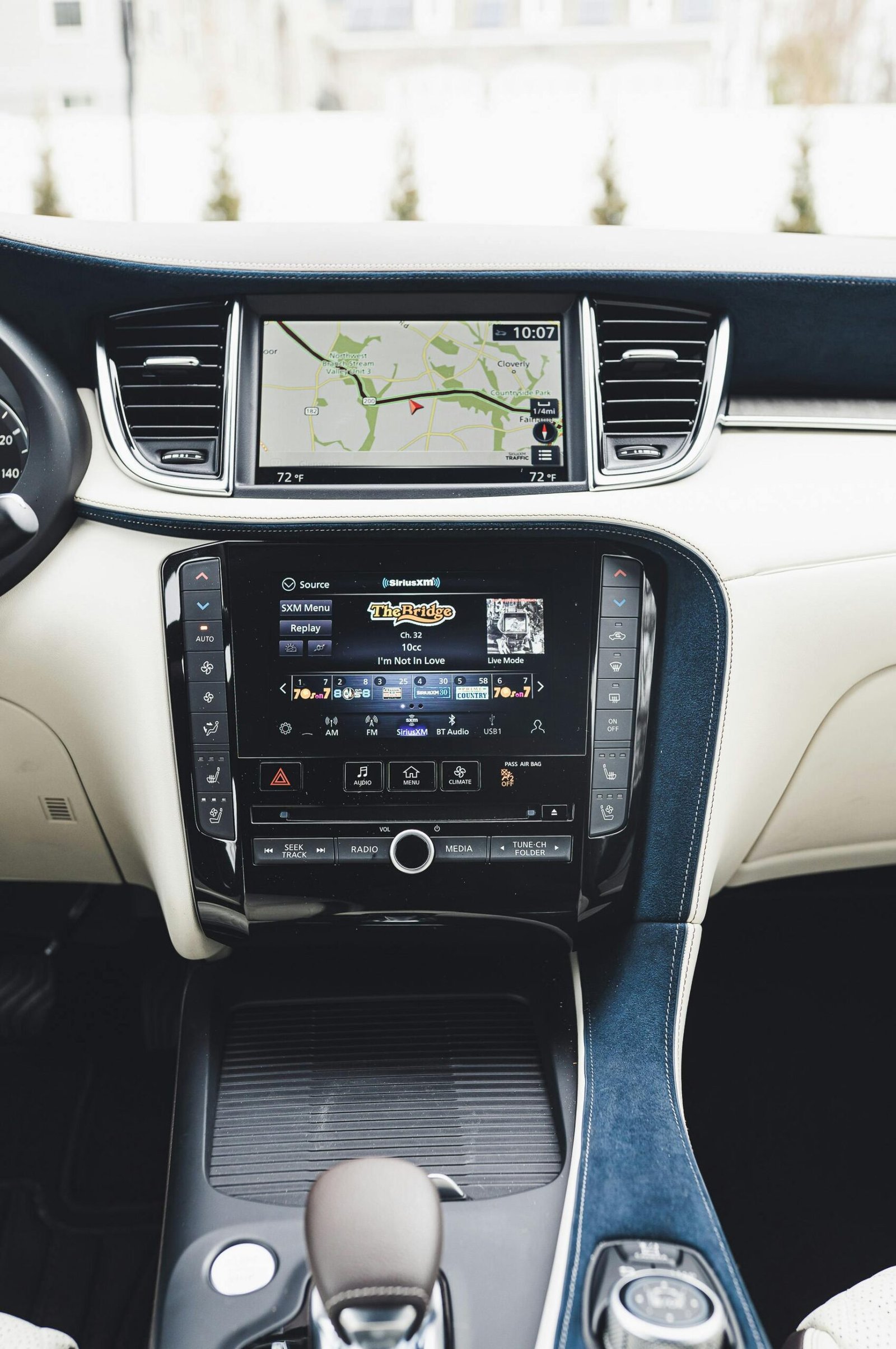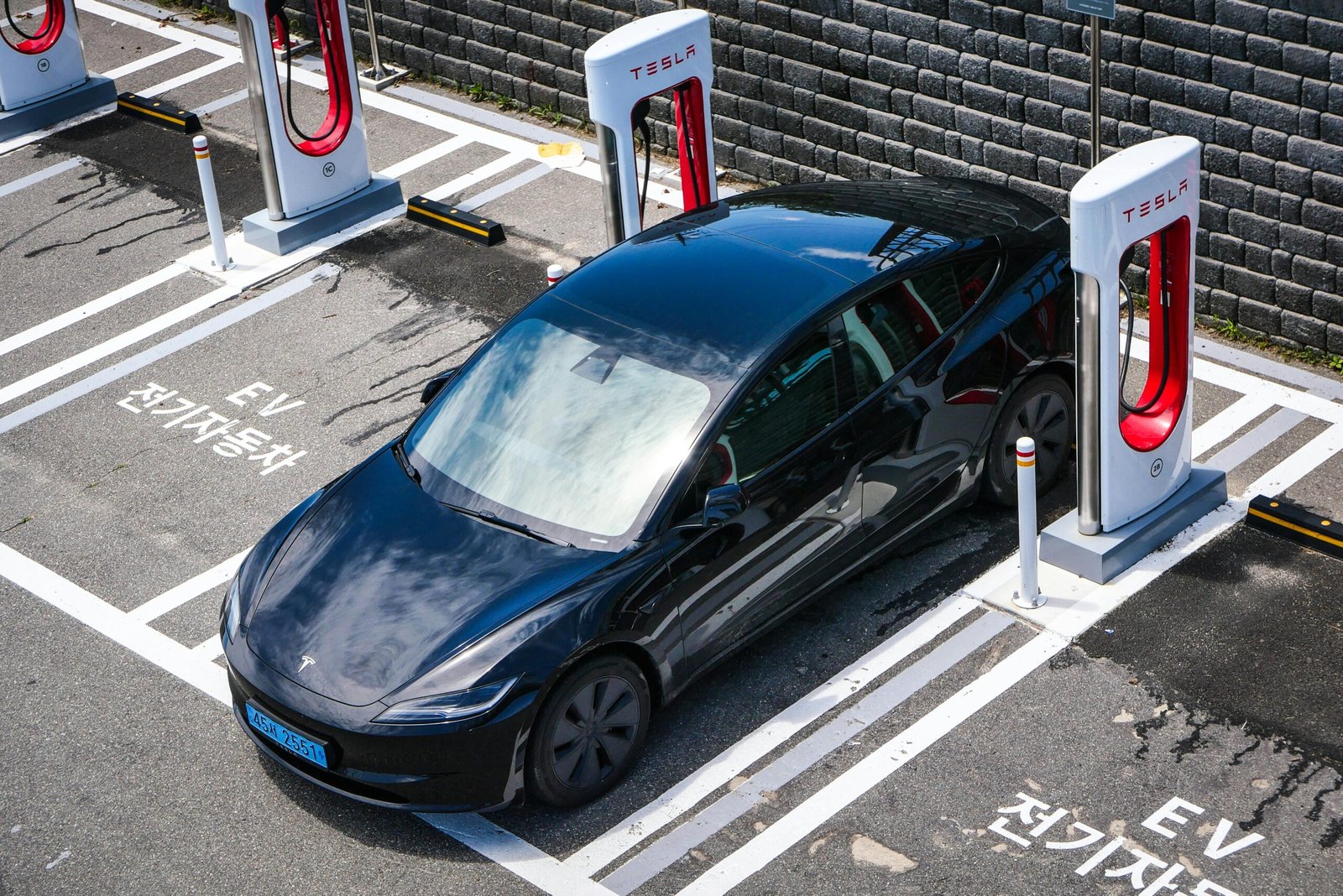Self-driving cars, once a futuristic concept, are becoming a reality thanks to rapid advancements in artificial intelligence (AI), machine learning, and sensor technology. These vehicles, also known as autonomous cars, promise to revolutionize the way we travel, work, and live. But with these innovations come complex challenges, leaving many wondering: Will self-driving cars truly change the auto industry?
This article explores the current state of self-driving technology, its potential impact on the auto industry, and the hurdles it must overcome to become mainstream.
What Are Self-Driving Cars?
Self-driving cars use AI, cameras, sensors, radar, and advanced algorithms to navigate roads without human input. They are categorized into six levels of automation, ranging from Level 0 (no automation) to Level 5 (full automation).
Levels of Automation:
- Level 0: No automation—humans control everything.
- Level 1: Driver assistance—features like adaptive cruise control.
- Level 2: Partial automation—vehicles can steer and accelerate but require human oversight.
- Level 3: Conditional automation—cars handle most tasks but need human intervention in certain situations.
- Level 4: High automation—vehicles operate autonomously in specific environments (e.g., urban areas).
- Level 5: Full automation—no human intervention needed; these cars can drive anywhere under any conditions.
The Current State of Self-Driving Technology
While fully autonomous cars (Level 5) are still years away, significant progress has been made:
- Tesla Autopilot and Full Self-Driving (FSD): Tesla vehicles feature advanced driver-assist systems, but they still require human supervision.
- Waymo (Google’s Autonomous Vehicle Arm): Waymo operates fully autonomous Level 4 vehicles in select cities, providing ride-hailing services.
- Cruise (by GM): Cruise offers autonomous rides in urban areas and is expanding its fleet.
- Uber and Lyft: Both companies are investing heavily in autonomous technology to transform ride-sharing.
Key Players:
- Tech Giants: Google (Waymo), Apple (rumored self-driving project), and Amazon (Zoox).
- Automakers: Tesla, GM, Ford, Toyota, and Volkswagen.
- Startups: Aurora, Mobileye, and Nuro are driving innovation in autonomous tech.
How Self-Driving Cars Will Change the Auto Industry
1. Redefining Car Ownership
- Shift to Shared Mobility: Autonomous vehicles (AVs) could reduce the need for private car ownership, as ride-hailing and car-sharing services become more accessible and affordable.
- Subscription Models: Automakers may introduce subscription-based services for access to autonomous fleets.
2. Impact on Car Design
- Interiors Optimized for Comfort: Cars may prioritize passenger comfort and entertainment rather than driving functions.
- Reduced Emphasis on Performance: Design will focus on safety, efficiency, and aesthetics rather than engine power or speed.
3. Enhanced Safety
- Fewer Accidents: Human error accounts for 94% of traffic accidents. Autonomous cars could drastically reduce collisions and fatalities.
- Improved Traffic Flow: Smart navigation and communication between vehicles can ease congestion and improve fuel efficiency.
4. Job Disruptions
- Impact on Driving Jobs: Self-driving technology may displace jobs in trucking, ride-hailing, and delivery services. However, it could also create new roles in tech development and fleet management.
5. New Revenue Streams for Automakers
- Software as a Service (SaaS): Automakers will monetize software updates, subscriptions, and in-car entertainment.
- Data Monetization: Autonomous cars will generate vast amounts of data that can be leveraged for analytics and advertising.
6. Urban Planning and Infrastructure
- Redesigning Cities: Autonomous vehicles could reduce the need for parking lots, allowing cities to reclaim space for green areas or housing.
- Improved Public Transit: AVs could integrate seamlessly with public transportation systems, making mobility more efficient.
Challenges Facing Self-Driving Cars
Despite their potential, self-driving cars face several hurdles:
1. Regulatory Barriers
- Governments are still establishing safety standards and liability laws for autonomous vehicles.
- Global regulations vary, creating challenges for mass adoption.
2. Technological Limitations
- Edge Cases: Self-driving systems struggle with unpredictable situations, such as bad weather, construction zones, or erratic human behavior.
- Sensor Accuracy: Current sensors and cameras may not detect all objects reliably.
3. Ethical Dilemmas
- AVs must make complex decisions in emergencies, raising questions about how to prioritize safety in split-second scenarios.
4. High Costs
- The technology behind self-driving cars, including sensors and AI software, is expensive. Scaling production to make AVs affordable for the average consumer remains a challenge.
5. Public Trust and Acceptance
- Many people remain skeptical about the safety and reliability of autonomous vehicles, slowing adoption.
- High-profile accidents involving self-driving cars have raised concerns about their readiness.
When Will Fully Autonomous Cars Become Mainstream?
While many automakers aim to deploy fully autonomous vehicles by 2030, most experts agree that widespread adoption of Level 5 vehicles will take longer. Key milestones include:
- 2025–2030: Expansion of Level 4 AVs in specific areas (e.g., urban centers, highways).
- 2030 and Beyond: Gradual adoption of Level 5 vehicles as technology matures and regulatory frameworks are established.
The Future of the Auto Industry with Self-Driving Cars
1. Autonomous Fleet Services
Companies like Waymo, Uber, and Cruise will expand their fleets of autonomous taxis, making transportation cheaper and more efficient.
2. Electrification and Sustainability
Most self-driving cars will be electric, accelerating the transition to sustainable energy. Automakers will focus on integrating autonomous tech with electric vehicle platforms.
3. Partnerships Between Tech and Auto Giants
Collaboration between automakers and tech companies will define the future of the auto industry. Partnerships like Ford and Argo AI or GM and Cruise showcase this trend.
4. New Business Models
Automakers will transition from selling cars to offering mobility services, combining autonomous fleets with subscription-based or pay-per-use models.
5. A Focus on Safety Innovation
Autonomous systems will continue to prioritize safety, with AI learning from millions of miles driven to improve performance and prevent accidents.
Conclusion: A Revolution in Progress
Self-driving cars are poised to revolutionize the auto industry by reshaping transportation, reducing accidents, and redefining how we use vehicles. While challenges like regulatory barriers, technological hurdles, and public skepticism remain, the benefits of autonomous vehicles are too significant to ignore.
As technology advances and adoption grows, self-driving cars will not only change the auto industry but also transform cities, economies, and the way we live. The future of transportation is autonomous, and it’s closer than we think.




